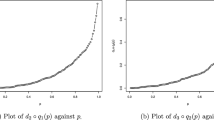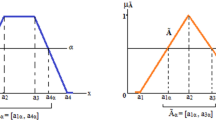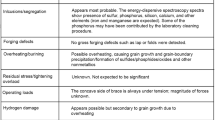Abstract
We consider a group of N identical objects (machines, etc.) working in similar conditions. In a certain important part of these objects, a specific failure may appear. It has a hidden nature and can be revealed only during special examination (checkup). A schedule for carrying out these checks is fixed in advance. When the failure is revealed for the first time in some object, special reinforcement measures are taken for all functioning objects in order to eliminate the appearance of this failure in the future. Each checkup schedule can be characterized by several reliability indices such as probability of discovering the failure before a certain time, expected time of failure detection, expected time of operation with a hidden failure, etc. We present formulae for computing all of these indices, for a general type schedule, and compare numerically two types of schedules: one when all items undergo the checkup at the same time and the second in which the checkup times are different for different items (by preserving the same checkup frequency). We demonstrate that under certain circumstances, such as N being large, the second type schedules have better reliability indices.
Similar content being viewed by others
Author information
Authors and Affiliations
Rights and permissions
About this article
Cite this article
Gertsbakh, I. Reliability Characteristics of Alternative Checkup Schedules for Detecting Hidden Failures. J Oper Res Soc 29, 1219–1229 (1978). https://doi.org/10.1057/jors.1978.266
Published:
Issue Date:
DOI: https://doi.org/10.1057/jors.1978.266




